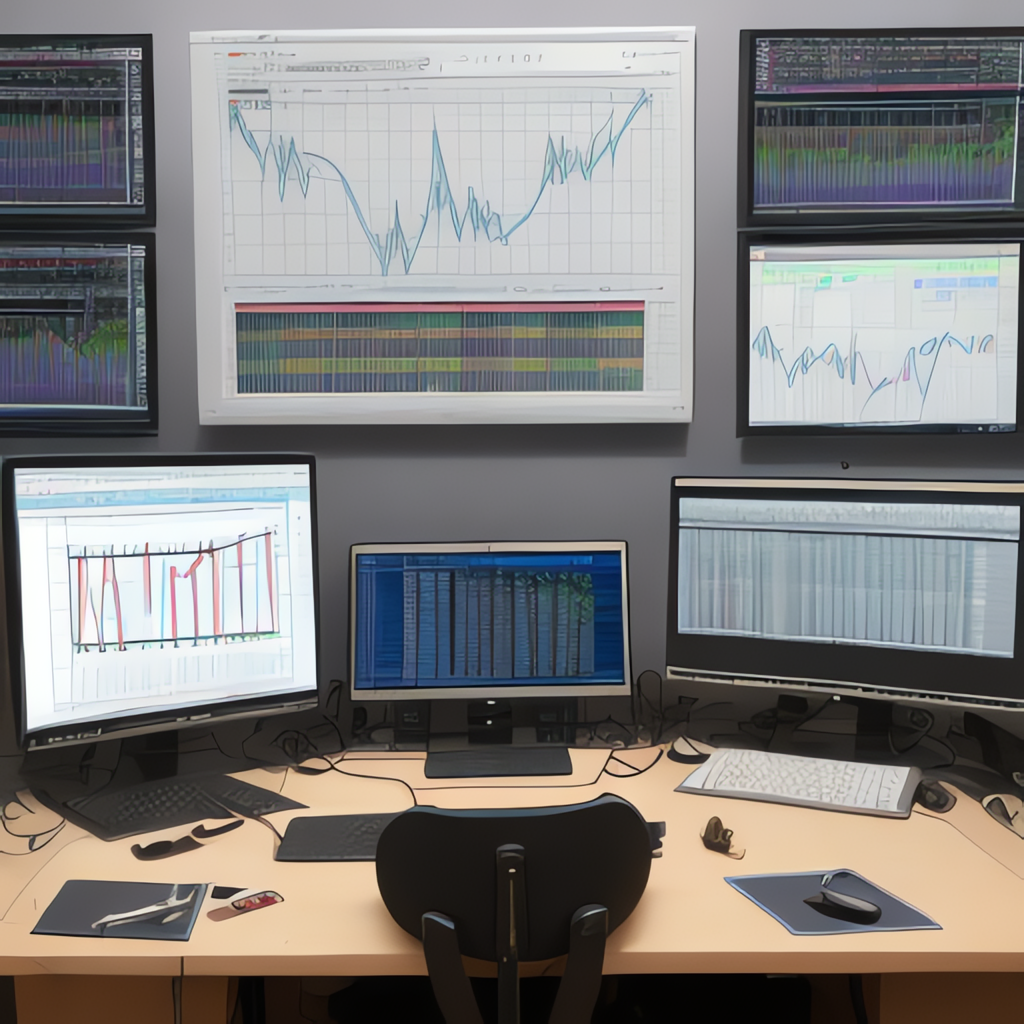In the vast and dynamic field of information representation, data visualization stands as a cornerstone. It transforms raw data into a comprehensible visual narrative, allowing audiences to discern patterns, identify correlations, and extract actionable insights with remarkable ease. This article aims to navigate through the labyrinthine corridors of data visualization, providing a comprehensive overview of the foundational components—bar charts, line charts, and their myriad variations. By dissecting these tools and understanding their unique characteristics, we can unlock the full potential of information through the canvas of data visualization.
**The Birth of Bar Charts: A Story of Structure**
At the heart of the data visualization realm lies the bar chart. A graphical representation of data in which the horizontal or vertical bars’ lengths represent the values of the data, bar charts convey information about the magnitude of groups and their comparisons. Their simple yet robust structure makes them ideal for comparing discrete categories across different intervals.
Over time, bar charts have been refined and categorized into several formats, including vertical, horizontal, grouped, and stacked. The choice of orientation depends on the context: vertical bars often highlight change over time, while horizontal bars can better manage a large number of categories. These variations ensure that the intended message is clear, concise, and engaging, thereby enhancing the communication of data-related insights.
**Understanding Line Charts: The Path of Continuity**
Line charts, like bar charts, are foundational to data visualization, but with a distinct focus on continuous data rather than category comparisons. They convey the pattern and trend of data over time through a series of interconnected data points, making them invaluable tools for illustrating the evolution of data.
A well-crafted line chart emphasizes the movement and flow of data; however, it must be designed with careful consideration to the scale and unit of measurement to prevent misinterpretation. Line charts can be simple or complex, linear or non-linear, varying by the nature of the data they represent. The key trait that underpins each variety is the ability to reveal trends and patterns that may not be immediately apparent in raw data.
**Beyond Bar Charts and Line Charts: The Multifaceted Canvas**
The canvas of data visualization encompasses far beyond the limitations of bar and line charts. Here, we explore some other critical components of this vast information art form:
**Pie Charts**: Perfect for depicting the proportion of parts relative to a whole, pie charts are simple, yet, are prone to oversimplification and can be misleading when not used judiciously. They are suitable for comparing percentage distributions within a single data set but may not handle large datasets effectively or reveal smaller differences within segments.
**Area Charts**: These are an extension of the line chart, where the area between the line and the x-axis is filled with color, indicating the magnitude of the data. Area charts are excellent for highlighting the amount of data in different ranges and can show trends through the elevation and steepness of lines.
**Scatter Plots**: This type of chart uses Cartesian coordinates to plot data points on a two-dimensional plane. Scatter plots are useful for identifying the relationship between variables, especially in a large dataset, and they are invaluable for making predictions and identifying correlations that might not be as obvious in other chart types.
**Heat Maps**: Employing color gradients to represent numerical values and their correlations, heat maps can visualize complex datasets with a high number of variables. They are particularly useful for geographical data and in highlighting clusters and patterns within dense data.
**Infographics**: While not charts per se, infographics are an integral part of the data visualization landscape. They blend charts, graphics, and text to tell a story about data through an engaging and visually compelling narrative.
**Interactive Visualizations**: These leverage modern web technologies to allow users to interact with visualizations in real-time. This interactivity can lead to a more in-depth exploration of the data and enhance the user’s understanding and engagement with the visual content.
**The Verdict: Weaving the Story of Data**
In summing up, the comprehensive canvas of data visualization offers an array of tools for deciphering the often-universal language of data. Each chart type, be it a bar, line, pie, or something entirely new, has its purpose and context. As data analytics becomes increasingly integral to the decision-making process across all sectors, the ability to navigate and understand this vast canvas of visualization tools is more critical than ever.
Selecting the right tool for the job is not just a matter of aesthetic preference but a strategic decision informed by the nature of the data and the story it is meant to tell. By doing so, we can convert data points into compelling stories, fostering a deeper understanding of complex issues, and driving informed action at both the individual and organizational levels.
